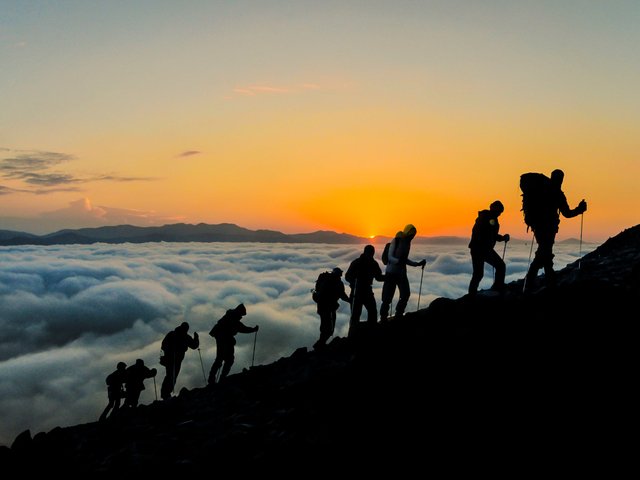The Art of Hiking: Tips and Tricks for a Successful Trek
Are you ready to hit the trails and explore the great outdoors? Hiking is not only a fantastic way to exercise, but also an opportunity to connect with nature and disconnect from the hustle and bustle of everyday life. However, before you start lacing up your boots, it's important to know some tips and tricks for a successful trek. From choosing the right gear to navigating unfamiliar terrain, this guide will help you master the art of hiking in no time!

Tips for a Successful Trek
If you’re thinking of hiking in the next few weeks or months, these tips will help make your trip more enjoyable and successful.
Start planning early: Planning your hike well in advance can help make sure you have everything you need and that the trail is open when you want to go. Checking trail conditions before departure is also a good idea – if there are any closures, be sure to heed them!
Bring plenty of water and snacks: Hiking can be thirsty work! Carry enough water to last the entire trip and enough snacks to keep you going until lunchtime. Make sure to pack out what you bring in – waste disposal on trails is often not ideal!
Dress for the weather: Weather conditions vary greatly from place to place, so it’s important to know what to expect before hitting the trail. Bring sunscreen, hats, sunglasses,appropriate clothing for the weather (a long-sleeved shirt, warm pants etc.), and sturdy shoes if possible. If it starts raining on your hike, be prepared for wet clothes and muddy trails!
Let someone know where you are going and when you plan to return: No one wants to find their hiking partner sprawled out on the side of a mountain with no explanation as to why…and no phone signal either! Keep track of your location using a map or GPS device, and let someone who knows where you are know when you plan on returning
How to Choose the Right Hiking Gear
When you're planning your next hiking trip, there are a few things to consider before purchasing your gear. The first is the type of terrain you'll be hiking on. If you're exploring forests or mountains, you'll need different gear than if you're hiking on a beach or desert.
Next, think about your climate. In colder climates, you'll need heavier clothing and more insulation. In warmer climates, lighter clothing and less insulation will work just as well.
The final decision you have to make is what type of hiking style you want to adopt. There are three main styles: backpacking, day hiking, and climbing. Each has its own set of requirements that must be considered when buying gear.
Backpacking is the most versatile style because it allows for great flexibility in where you can go and what kind of hike you can do. It's also the most demanding because it requires the most equipment and daily upkeep. Backpackers should plan their hikes around long days in the wilderness with plenty of rest stops along the way.
Day hiking is a great option for those who want to experience a variety of hikes but don't want to backpack all day or climb mountains every day. It's also good for those who want to see more scenery but don't have time for a full backpacking trip or who are not physically fit enough for backpacking trips that require lots of strenuous walking from start to finish. Day hikers should pack lighter and opt for shorter
Planning Your Trip
Planning your hiking trip can seem daunting, but with a bit of careful preparation, you can make the trip go as smoothly as possible. Here are some tips to help you plan your hike:
Know what you're looking for. Before you even set foot on the trail, know what type of hiking experience you're looking for. Are you a beginner? Do you want an easy walk or something more challenging? Knowing this ahead of time can help narrow down your search and make the most of your time outdoors.
Choose the right gear. When it comes to gear, there is no need to overspend. For beginners, choosing basic items like a map and compass will suffice. As your hiking skills develop, however, upgrading to more specialized items may become necessary (such as trekking poles for off-road walking). Make sure to research what is required for each specific hike before packing anything!
Get organized. One of the best ways to save time on your hike is to be well-prepared and organized before departure. Have all of your important documents ready (like ID and driver's license), along with any dietary restrictions that you may have (some trails are vegan-friendly!). Making a list of everything that needs to be done before leaving will also help keep things moving along smoothly on the trail.
Start early in the morning or evening if possible. The earlier in the day or night you start your hike,